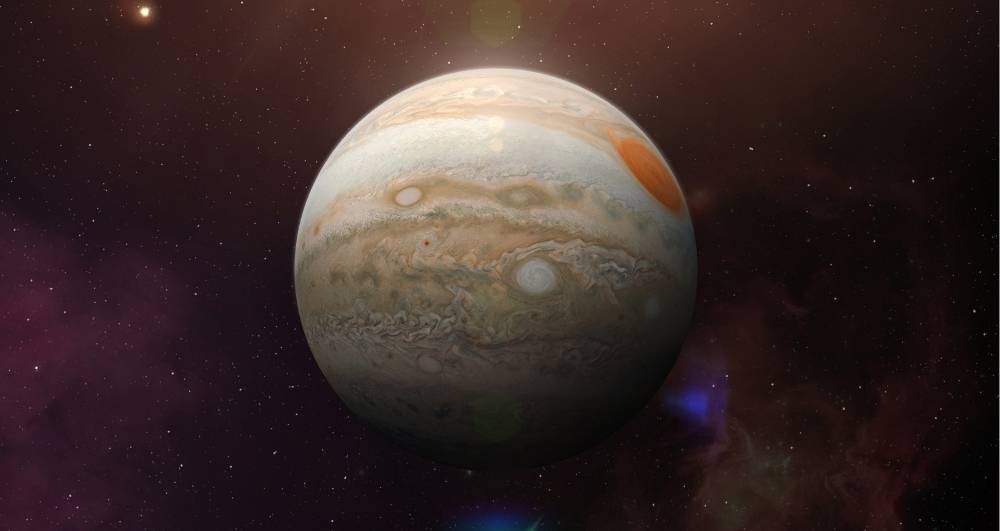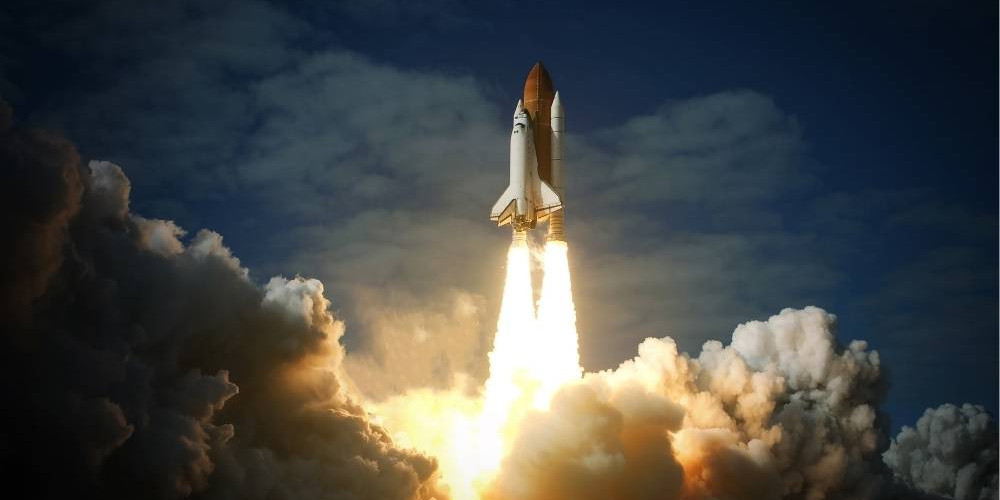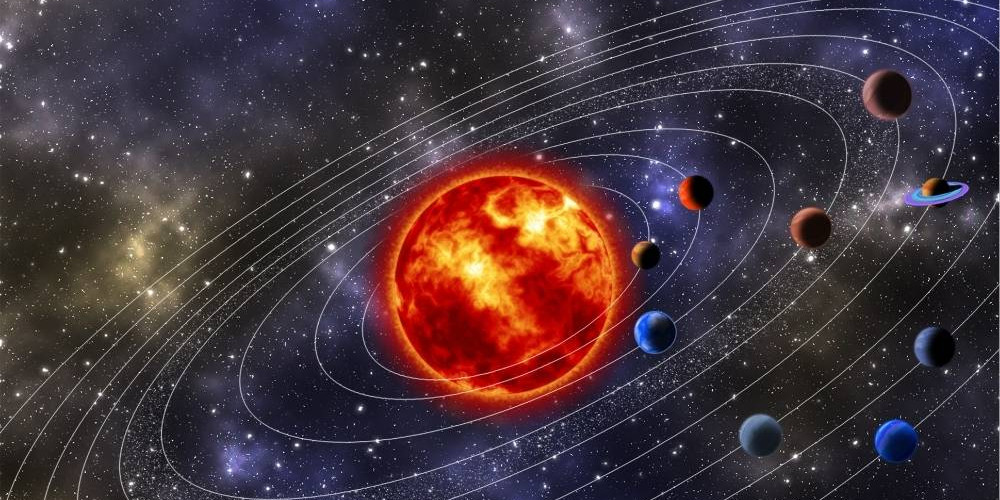Our Solar System is more than just the Sun and a handful of planets. It’s a vast neighborhood filled with fascinating worlds and dozens of moons, each with unique stories to tell. If you’re just starting to explore astronomy, understanding the planets and their moons is the perfect way to begin your journey through space.
Mercury: The Swift Planet
Mercury is the closest planet to the Sun and also the smallest. Despite its size, it faces extreme temperature swings—boiling hot during the day and freezing cold at night. Fun fact: Mercury has no moons at all, making it unique among the inner planets.
Venus: Earth’s Fiery Twin
Often called Earth’s twin due to its size and composition, Venus is wrapped in thick clouds of carbon dioxide, creating a runaway greenhouse effect. Like Mercury, Venus also has no moons—just a scorching, inhospitable surface.
Earth: Home to Life and One Moon
Our planet is the only known world to host life, thanks to its perfect balance of air, water, and temperature. Earth’s single moon, simply called the Moon, influences tides, stabilizes our orbit, and has been a constant companion for billions of years.
Mars: The Red Planet with Two Tiny Moons
Mars is known for its dusty red surface and the largest volcano in the Solar System. It has two small moons, Phobos and Deimos, which are irregularly shaped and likely captured asteroids.

Jupiter: The King of Planets
As the largest planet, Jupiter is a gas giant with a massive magnetic field. Its moon system is legendary—over 90 moons discovered so far. The four largest, known as the Galilean moons (Io, Europa, Ganymede, and Callisto), are worlds in their own right. Europa, in particular, may even host an underground ocean.
Saturn: The Planet with Rings and Moons
Saturn is famous for its dazzling rings, but it also boasts more than 80 moons. The largest, Titan, has a thick atmosphere and lakes of methane, while Enceladus sprays water vapor from beneath its icy shell, hinting at hidden oceans.
Uranus: The Tilted Giant
This ice giant spins on its side, making its seasons extreme and unusual. Uranus has 27 known moons, most named after characters from Shakespeare’s plays, including Miranda, Ariel, and Titania.
Neptune: The Windy Blue Planet
Neptune is the most distant planet and home to supersonic winds. It has 14 known moons, the largest being Triton, which orbits in the opposite direction of Neptune’s rotation—a sign it may have been captured from elsewhere in the Solar System.
Final Thoughts
The Solar System is a family of worlds, each with its own unique moons—or lack thereof. From Mercury’s emptiness to Jupiter’s bustling moon system, these celestial companions make our cosmic neighborhood even more diverse and fascinating. For beginners, learning about the planets and their moons is a gateway into the wonders of space exploration.



